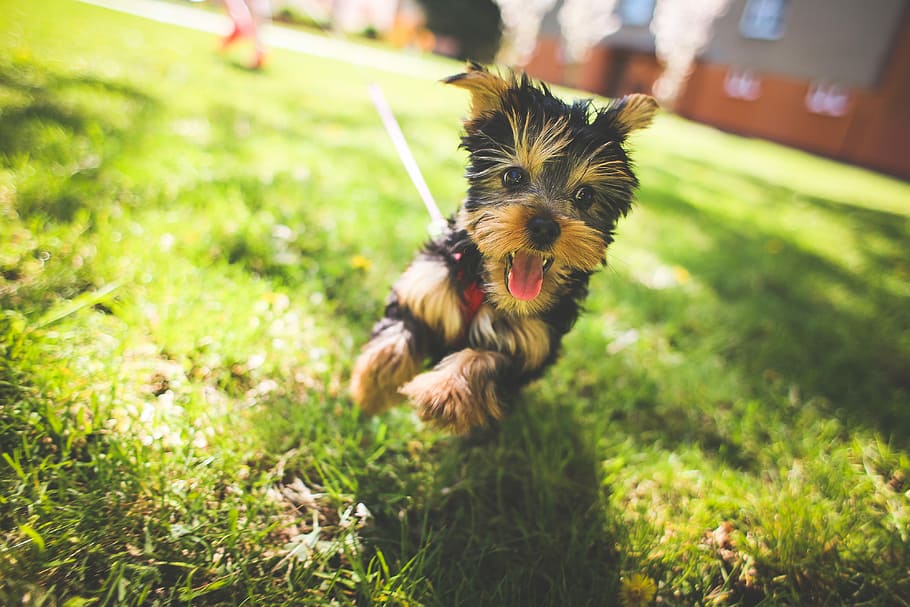Shrink Your Carbon Pawprint with Eco-Friendly Pet Care
For many people, making efforts to reduce their environmental impact is important, but some pet owners may find that making this lifestyle change can be a complicated process because of the additional supplies needed to care for their animals.

Emerald Rodriguez and Kristy Yu, two veterinary students at the Texas A&M College of Veterinary Medicine & Biomedical Sciences (CVM) and members of the Green Vets student organization, advise pet owners on what steps they can take to keep their furry friend happy while being more environmentally conscious.
Oftentimes, pet owners may be able to swap out their usual pet care products for more eco-friendly versions. For example, Rodriguez and Yu recommend that owners seek out compostable cat litter, biodegradable waste bags, and pet toys and accessories made from recycled or plant-based materials.
When pet care essentials are not offered in more sustainable options, owners can still be proactive in disposing of packaging waste responsibly.
“Pet owners can recycle empty and clean items such as aluminum cans for wet pet food and cat litter containers,” Yu said. “There are also recycling programs for certain brands of pet food bags.”
Owners may also reduce waste by donating items that their pet no longer needs. This not only keeps trash out of landfills, but also reduces the number of items that must be produced. Donating old pet care supplies to charitable organizations has the added benefit of supporting valuable causes.
“Rescues and shelters may accept donations of gently used pet items, including dog beds, toys, pet carriers, crates, exercise pens, collars, leashes, and bowls,” Yu said. “They might also accept household items, including newspapers, towels, and blankets. Contact your local animal shelter to learn what gently used items they will accept.”
In addition to supporting shelters and rescues by donating supplies, owners can also adopt pets from these agencies to reduce overcrowding, and spaying and neutering pets can benefit the environment by preventing overpopulation, says Rodriguez.
One significant but preventable environmental issue is large populations of feral cats and the disruptions they introduce to an environment. When pet cats are allowed outdoors, they will sometimes breed and generate populations of stray cats that disrupt local ecosystems by hunting wild birds. For this reason, pet cats allowed outdoors should be spayed or neutered and should have a bell on their collar to help lessen their success when hunting.
Although some aspects of pet care generate unavoidable waste, there are also areas in which owners can make adjustments to care for their furry friends in an eco-friendly manner. There is no reason why pet owners can’t take care of their pet and the Earth at the same time!
Pet Talk is a service of the College of Veterinary Medicine & Biomedical Sciences, Texas A&M University. Stories can be viewed on the web at vetmed.tamu.edu/news/pet-talk. Suggestions for future topics may be directed to editor@cvm.tamu.edu.


